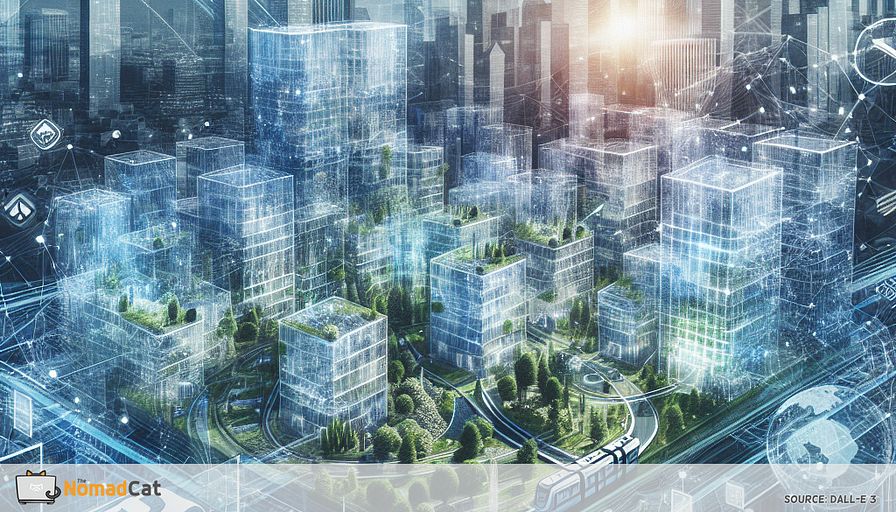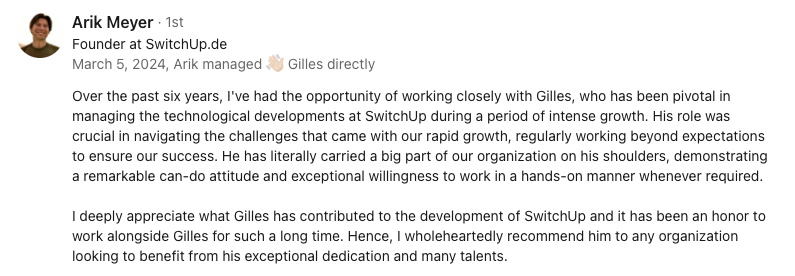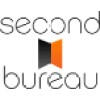Abstract:
The article discusses the transformative impact of Virtual Reality (VR) technology on urban planning, emphasizing its role in creating functional, sustainable, and community-friendly spaces. VR allows planners to explore and test design ideas in virtual cityscapes before construction, leading to more informed decisions that consider environmental and social factors. Cities like Helsinki and Paris are pioneering VR use for visualizing developments and improving stakeholder communication, enhancing urban growth and living conditions. VR also aids in optimizing energy efficiency by allowing architects to visualize energy data, leading to better design choices. Startups such as Cityzenith and IrisVR are leveraging VR for energy-efficient urban layouts and improved stakeholder engagement. Additionally, VR enhances public participation by enabling residents to experience and provide feedback on proposed changes, fostering transparency and inclusivity. Startups gain a competitive edge by employing VR to improve communication and streamline project approvals, with cost-effective solutions like Google Cardboard and open-source engines making VR accessible. Emerging trends include integrating VR with the Internet of Things (IoT) for real-time urban management and environmental assessments. Collaborative initiatives, exemplified by the Virtual Singapore project, demonstrate VR’s potential to drive sustainable and inclusive urban development.
Urban planning is evolving rapidly with the advent of Virtual Reality (VR) technology. Imagine exploring a future city and testing design ideas before construction begins. VR is making this possible, providing urban planners with tools for precise and detailed planning. This advancement helps create spaces that are functional, sustainable, and community-friendly.
European cities like Helsinki and Paris are at the forefront of using VR to enhance urban development and improve communication with stakeholders. These tools enable cities to visualize changes, such as adding green spaces or improving transportation. Real-time simulations allow planners to make decisions that consider environmental and resident needs, promoting sustainable urban growth.
VR is also transforming how we approach energy efficiency in architecture. By combining VR with energy data visualization, architects can make informed design choices to reduce energy consumption. Startups like Cityzenith and IrisVR are leveraging VR to enhance urban planning and collaboration, actively shaping the future of cities.
Virtual Reality Revolutionizing Urban Planning
Interactive Cityscapes
VR is revolutionizing urban planning by enabling planners to create detailed models of cityscapes. This technology allows them to view urban environments in detail, facilitating better decision-making and design. By simulating full-scale models of neighborhoods or cities, VR allows planners to test design ideas and assess their environmental impacts, fundamentally changing how cities plan and develop.
In Europe, cities like Helsinki and Paris are leaders in using VR for urban planning. They utilize VR to visualize developments and improve efficiency and communication with stakeholders. For instance, Helsinki uses VR to create interactive models that planners can walk through to gather feedback. In Paris, VR aids in visualizing green spaces and transportation improvements to meet both residents' and environmental needs. These tools empower cities to make decisions that support sustainable growth and enhance living conditions.
VR allows planners to adjust designs instantly, optimizing for environmental and social factors. This flexibility is crucial for engaging stakeholders and ensuring sustainable urban growth. Research indicates that VR’s dynamic nature helps planners explore various solutions and analyze their effects, such as light and traffic. By simulating scenarios, planners can anticipate challenges and adapt, ensuring developments are sustainable and socially harmonious.
Optimizing Energy Efficiency with VR
Energy Performance Visualization
VR provides architects with a platform to visualize energy data, leading to informed design decisions. By displaying energy use visually, VR helps architects comprehend complex data more intuitively, aiding in the design of energy-efficient buildings. Studies have shown that VR assists architects in streamlining energy efforts, ensuring decisions are grounded in reality.
Combining VR with Building Information Modeling (BIM) further enhances this capability. This integration helps architects predict how design elements affect energy use, allowing for adjustments that boost sustainability. Startups and companies use this mix of technologies to offer innovative solutions, ensuring future buildings are both visionary and energy-efficient.
Case Studies of Startups
Cityzenith exemplifies how startups utilize VR-integrated digital twins to optimize urban layouts and reduce energy consumption. By creating virtual city replicas, Cityzenith allows planners to test scenarios that can lower energy use. Their platform showcases the potential of digital twins for managing energy in urban settings, setting a standard for future projects.
Similarly, IrisVR focuses on enhancing architectural design energy efficiency by improving stakeholder communication. Their VR tools help visualize plans, ensuring everyone understands the proposed energy-efficient features. This leads to more cohesive and energy-efficient designs. IrisVR’s approach underscores the importance of stakeholder engagement in achieving energy goals.
Enhancing Public Engagement through VR
Citizen Participation
VR serves as a bridge between planners and the public. Residents can use VR simulators to experience proposed neighborhood changes and provide feedback. This participatory approach gives citizens a sense of ownership and involvement in urban projects. Studies indicate that allowing people to visualize and interact with urban plans makes projects more tangible, enhancing public engagement and transparency.
In cities like Helsinki and Boston, VR boosts transparency and inclusivity. Helsinki uses VR to make urban planning accessible, enabling residents to offer direct feedback. This improves communication and ensures designs align with community needs. In Boston, VR helps engage citizens by visualizing urban scenarios, fostering dialogue between stakeholders and the public.
Applications and Tools
Various VR applications facilitate public engagement by providing interactive environments for residents to explore. Platforms like Unreal Engine and Unity Reflect offer immersive experiences that help communities understand the impact of proposed developments. These tools create dynamic 3D environments, bridging the gap between planners and communities.
Tools like VRchitect and Revizto enhance planning by offering immersive walkthroughs. These applications allow stakeholders to navigate urban environments and collaborate on designs in real-time. This is especially beneficial for startups involving the community in projects. By facilitating interactive design discussions, these tools promote engagement and a collaborative atmosphere.
Strategic Advantages for Startups
Competitive Edge through VR
Startups in urban development can gain an edge by using VR. Creating immersive urban models enhances stakeholder communication and speeds up project approvals. For startups with limited resources, VR offers a cost-effective solution that improves their offerings. Stakeholders can visualize plans in detailed environments, making approvals easier and reducing misunderstandings.
Using VR also helps startups stand out in a crowded market. Offering VR-enabled solutions positions them as technology leaders. This is crucial for attracting clients interested in the latest tech advancements, demonstrating a commitment to innovation and efficiency.
Cost-effective VR Solutions
- Budget-Friendly Entry: For resource-limited startups, entry-level VR platforms like Google Cardboard provide an affordable entry into immersive technology. These tools enable easy integration of VR capabilities into projects without significant investments.
- Open-Source Engines: Utilizing open-source engines like Unity and Unreal Engine offers affordable solutions for developing VR applications. These engines provide powerful capabilities and community support, helping startups manage costs and innovate.
Future Trends and Opportunities
Emerging VR Trends
A significant trend in VR for urban development is its integration with the Internet of Things (IoT). This enhances urban management by providing real-time data visualization. Combining VR with IoT allows cities to monitor infrastructure, traffic, and energy use effectively. Another exciting trend is simulating environmental impacts, which lets planners analyze the implications of developments on ecosystems and climate.
Using VR for environmental assessments offers collaboration opportunities. VR helps visualize ecological consequences, promoting sustainability in planning. By engaging stakeholders through simulations, cities ensure developments are environmentally sound and socially responsible.
Opportunities for Collaboration
The Virtual Singapore project exemplifies how VR collaboration can drive sustainable growth. This initiative created an interactive 3D city model, allowing planners and citizens to explore solutions in real-time. It highlights VR’s potential as a collaborative tool for inclusive decision-making.
European cities like Helsinki are collaborating with tech startups to use VR for public engagement and sustainable development. Helsinki’s 3D+ platform, for instance, visualizes urban plans and fosters transparency. Collaborations between governments and tech innovators help ensure urban projects meet community needs. By using VR, cities can create environments that are efficient, sustainable, and community-focused.
You might be interested by these articles:
- Immersive Training Environments in VR
- Elevating Training with VR Tech
- Revolutionizing Training with VR





